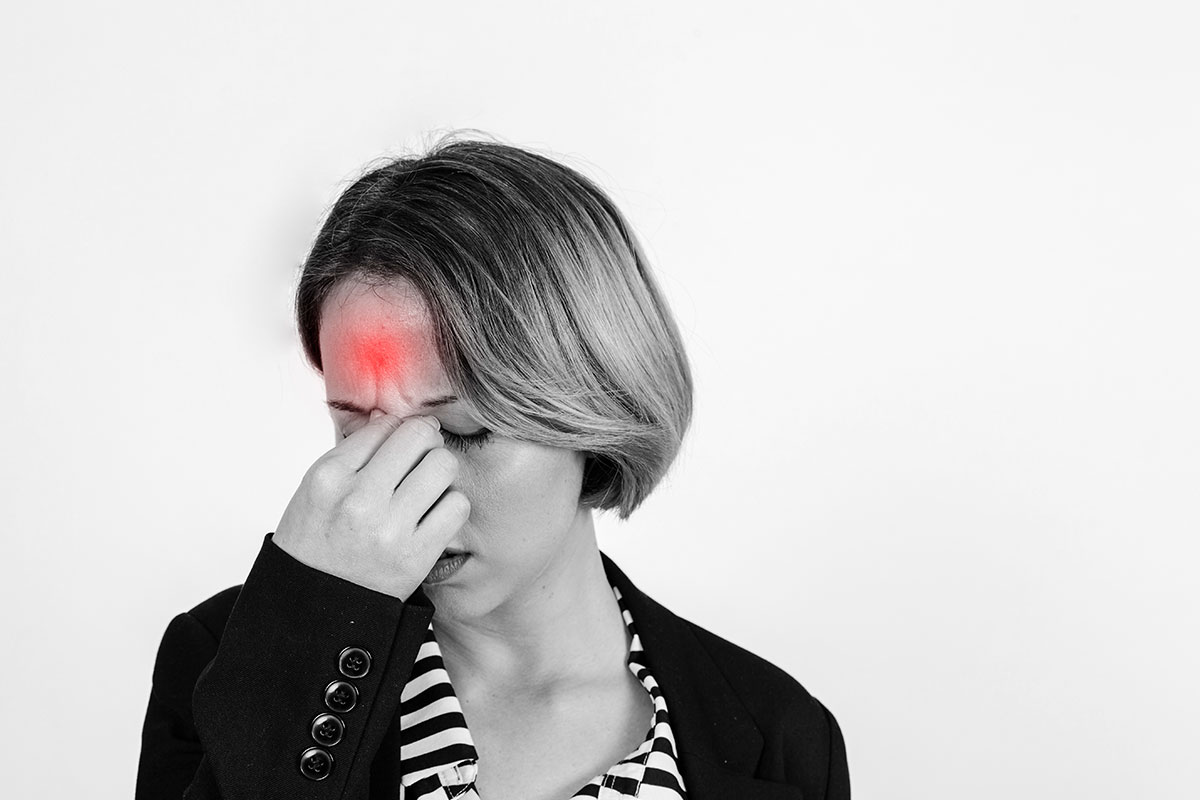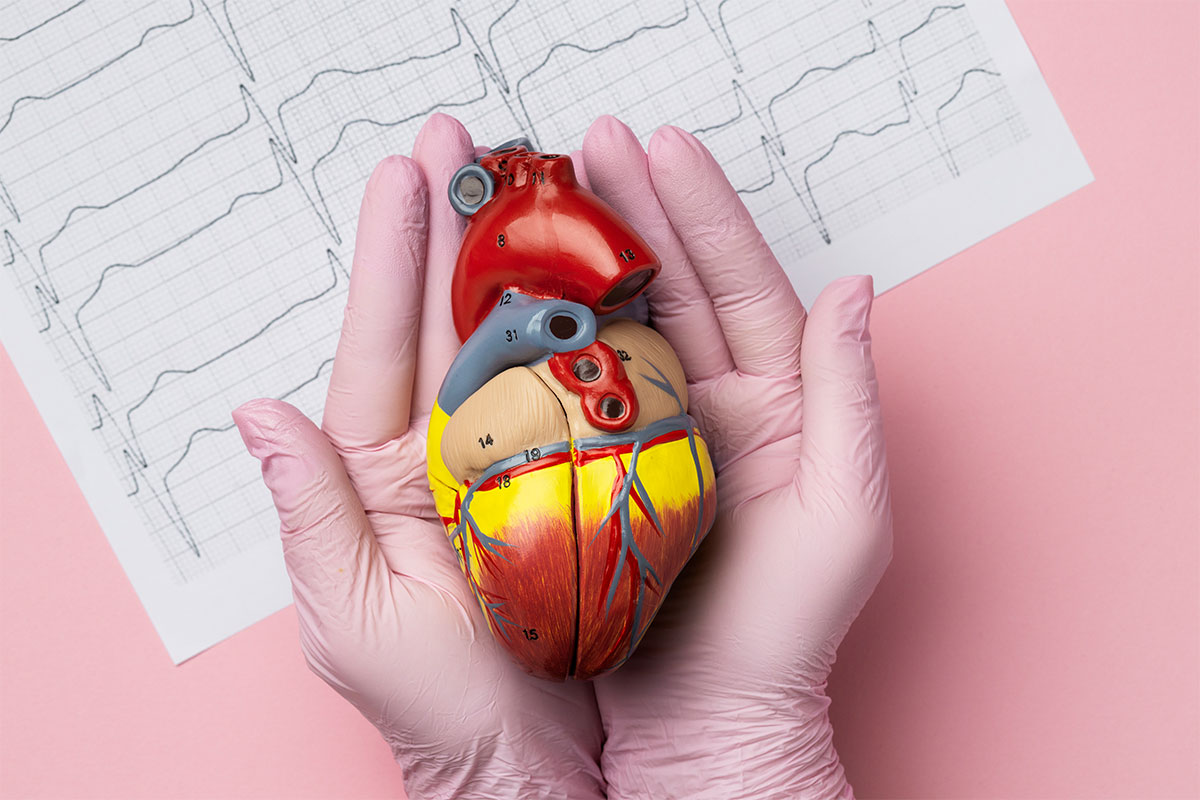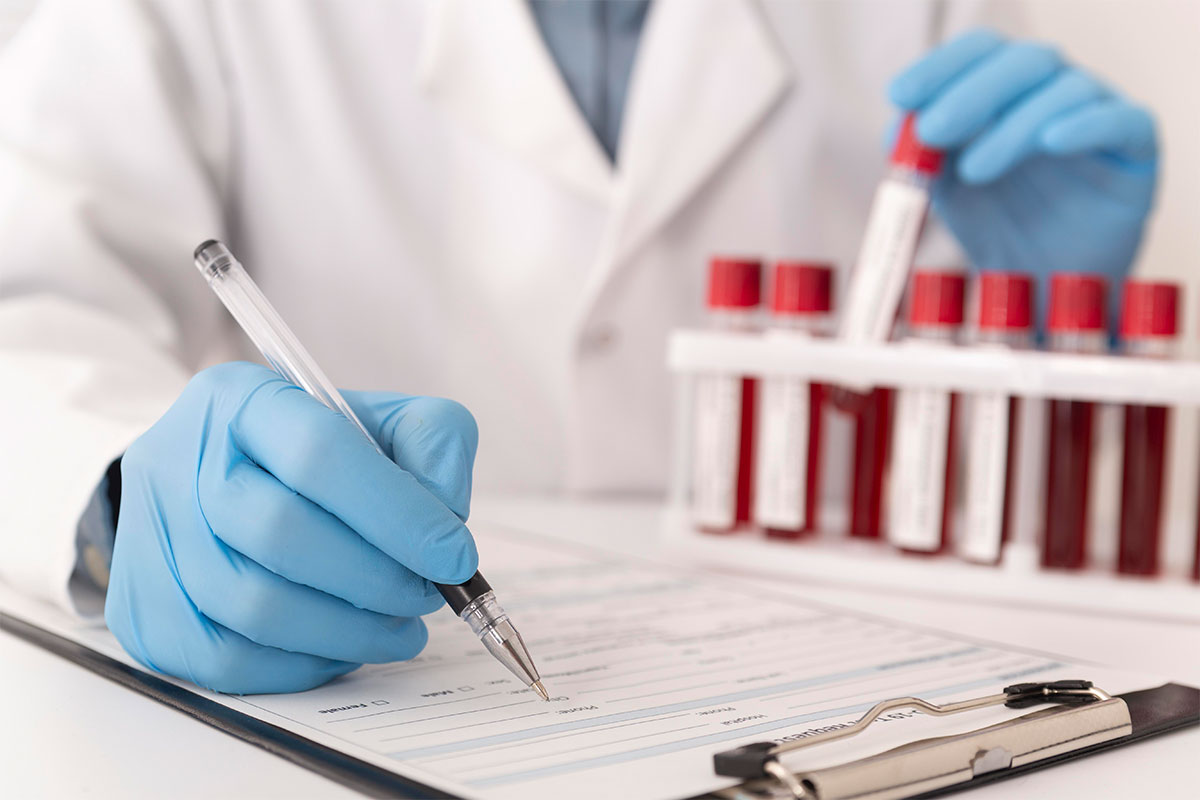
Stroke Symptoms: Recognizing the Warning Signs Stroke Symptoms: Recognizing the Warning Signs
By Dr. Neeraj Kumar in Neurosciences
Dec 8, 2023
Strokes are medical emergencies that require swift action. When a stroke occurs, time is of the essence, and recognizing the symptoms can make a life-saving difference. Strokes happen when there is a disruption in the blood supply to the brain, leading to the death of brain cells. To minimize the damage and improve the chances of a successful recovery, it’s crucial to identify the warning signs of a stroke and seek immediate medical attention. In this article, we will delve into the common symptoms of a stroke, emphasizing the importance of swift recognition and response.
Understanding Stroke Symptoms
Strokes can manifest in various ways, and their symptoms can differ based on the type of stroke and the part of the brain affected. However, some hallmark signs are shared across most stroke cases. It’s important to remember these symptoms using the acronym FAST:
- Face Drooping: One of the most common signs of a stroke is facial weakness or drooping. Ask the person to smile, and if one side of their face sags or is numb, it could be indicative of a stroke.
- Arm Weakness: When a person raises both arms and one arm drifts downward or is weak, this can also be a sign of a stroke.
- Speech Difficulty: Slurred speech or difficulty speaking is another classic stroke symptom. If the person’s speech is unclear or they have trouble repeating a simple sentence, it’s time to be concerned.
- Time to Call 8527227768: Time is absolutely critical in the event of a stroke. If you observe any of these signs, it’s time to call 8527227768 or your local emergency number immediately, even if the symptoms seem to improve or disappear. The key is to get to a hospital as quickly as possible for proper evaluation and treatment.
Additional Stroke Symptoms
While the FAST acronym covers some primary stroke symptoms, it’s important to recognize other possible signs of a stroke, which may include:
- Sudden Severe Headache: A sudden, severe headache, often described as the worst headache of one’s life, can be a sign of a hemorrhagic stroke (caused by bleeding in the brain). This type of stroke requires rapid medical attention.
- Trouble Walking: Some individuals experiencing a stroke may have difficulty walking, including loss of balance or coordination.
- Vision Problems: Blurred or double vision, sudden vision loss, or difficulty seeing in one or both eyes can be associated with a stroke.
- Confusion or Trouble Understanding: Stroke can cause confusion, difficulty understanding speech, or problems with comprehension.
- Dizziness or Loss of Consciousness: Some people have an intense feeling of dizziness or may even lose consciousness during a stroke.
Different Strokes for Different Folks
It’s essential to note that there are two primary types of strokes:
- Ischemic Stroke: This type of stroke is caused by a blockage in a blood vessel that supplies blood to the brain. The blockage can occur due to a blood clot.
- Hemorrhagic Stroke: Hemorrhagic strokes result from bleeding in the brain, often due to a burst blood vessel.
Recognizing these symptoms, understanding the importance of time, and calling for immediate medical assistance can significantly improve the outcome for someone experiencing a stroke. Every minute counts, so being informed about stroke symptoms can save lives and prevent long-term disability.
Remember, time is brain. If you suspect a stroke, act quickly, and seek help immediately. It could make all the difference in the world.







